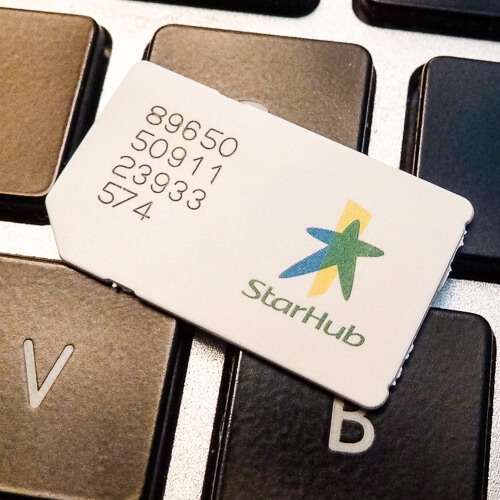StarHub mobile biz suffers Q4 shocker
But the Singaporean operator's cost reduction program continues to make good progress.

StarHub's mobile segment was a standout in the Singaporean operator's Q4 and full-year 2020 results, but for all the wrong reasons.
An alarming near-$S10 (USS7.60) drop in average monthly postpaid ARPU, when comparing Q4 2020 with the same quarter the year previously – due mainly to pandemic-related drops in roaming fees, a reduction in excess data usage revenue and subdued VAS adoption – has taken its toll.
Q4 service revenue at its mobile business was down 27.4% to S$138.6 million ($104.8 million) year-on-year. Full-year mobile service revenue, compared with 2019, fell 24.3% to S$765.5 million ($578.6 million). The number of subscriptions fell by 140,000, to 1.41 million, over the same 12-month period.
Figure 1:  Going viral: Starhubs earnings have been badly hit by COVID-19.
Going viral: Starhubs earnings have been badly hit by COVID-19.
(Source: mroach on Flickr. CC 2.0)
StarHub also took a revenue hit at its pay TV business, although not as bruising as the sharp and merciless blows delivered to its mobile unit. Q4 turnover here, year-on-year, was down a comparatively modest 16.6% to S$47.1 million ($35.6 million). Full-year pay TV revenue slid 24.2% to S$187.9 million ($142 million) compared with 2019.
Full-year top-line performance at its broadband division was stable at S$176.1 million ($133.1 million), while sales at the enterprise unit bucked the downward trend elsewhere with a full-year increase of 12.2% to $S645.5 million ($487.9 million). Increased demand for cybersecurity services helped here. StarHub's consolidated 2020 revenue dropped 13%, year-on-year, to a shade over S$2 billion ($1.51 billion)
Who dares win?
StarHub reported a full-year 2020 opex decline of 8% to S$1.84 billion ($1.39 billion), mainly thanks to its "Dare" transformation program launched in 2019. The Dare program identified over $$210 million ($158.7 million) in cost savings over three years, and, according to StarHub, was already 82% complete by the end of last year.
Want to know more about 5G? Check out our dedicated 5G content channel here on
Light Reading.
StarHub also reported an additional and useful full-year income of S$34 million ($25.7 million) from the government's job support scheme, a wage subsidy program. Service EBITDA margin at 31.1% remained stable (31.7% in 2019) despite an 11.5% drop in service EBITDA, to S$494.6 million ($373.7 million), over the same period.
Related posts:
— Ken Wieland, contributing editor, special to Light Reading
Read more about:
AsiaAbout the Author(s)
You May Also Like












